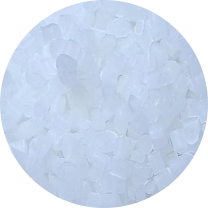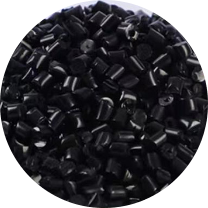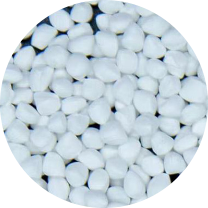How Open Masterbatch Is Produced
Open masterbatch production begins by carefully weighing raw ingredients to the appropriate ratios and mixing them in an extrusion machine, where it is heated to around 180degC for melting, which liquefies it before being forced through a barrel with screws by a screw and exiting via die head into water for cooling before cutting into pellets for bagging distribution. All materials used in masterbatches meet standard specifications while being produced using eco-friendly chemicals and materials.
Masterbatches play a vital role in plastic production. Some add color, while others enhance strength or other properties of products made from them; PVC masterbatch is specifically formulated to improve flexibility and impact resistance, while PET masterbatch helps make PET stronger and clearer. Masterbatches also help lower manufacturing costs by replacing expensive additives.
Color masterbatches are mixtures of pigments and dyes used to impart desired hues into an end product. Composed typically from powdered raw materials, color masterbatch can be dyed either liquid or dry using various techniques: solvent recovery systems for organic solvents may be used; shear and friction can help achieve proper dispersion of dye particles in dry methods.
Masterbatches must meet specific standards to meet various applications, with regard to color accuracy. Their stability under different environments must also be assured, along with accurate proportioning of pigments; not forgetting wetting and dispersing abilities that ensure its effective use.
There is an array of masterbatches on the market, and it is crucial that one understands their functions and benefits before purchasing any. For instance, graphene masterbatch can be added to polymers in order to enhance both their mechanical and thermal properties, making thermoplastic materials like polyethylene or polypropylene more resilient against mechanical damage and thermal expansion. Furthermore, graphene can also be easily blended with various processing techniques into thermoplastic polyolefins; finally, it comes in several platelet sizes for use within thermoplastic materials such as thermoplastic materials.
The product combines their few-layer PureGRAPH graphene with a high-performing LDPE carrier to produce a masterbatch that can be added to multiple polyolefins and other polymers to improve their performance and cost-efficiency.
Biodegradable masterbatch consists of biodegradable plastic such as PLA and metal alkyl sulfonate additive. The latter is added via extruder by adding the masterbatch into its hopper, mixing with plastic, and dosing into die head for dosing into die head hoppers; once mixed and dosing into die heads the mixture can then be pelletized using strand pelletizers until ready for molding products from it.

PEPP Granular Plastic Polyethylene Functional Open Masterbatch
Common Universal Grade Granules Black Masterbatch Black Plastic Granules
prevNo previous article
nextHow to ensure that FPM's functional particles have good compatibility with different plastic substrates to avoid problems such as delamination, precipitation, or performance degradation?


 English
English 中文简体
中文简体 한국어
한국어 عربى
عربى













